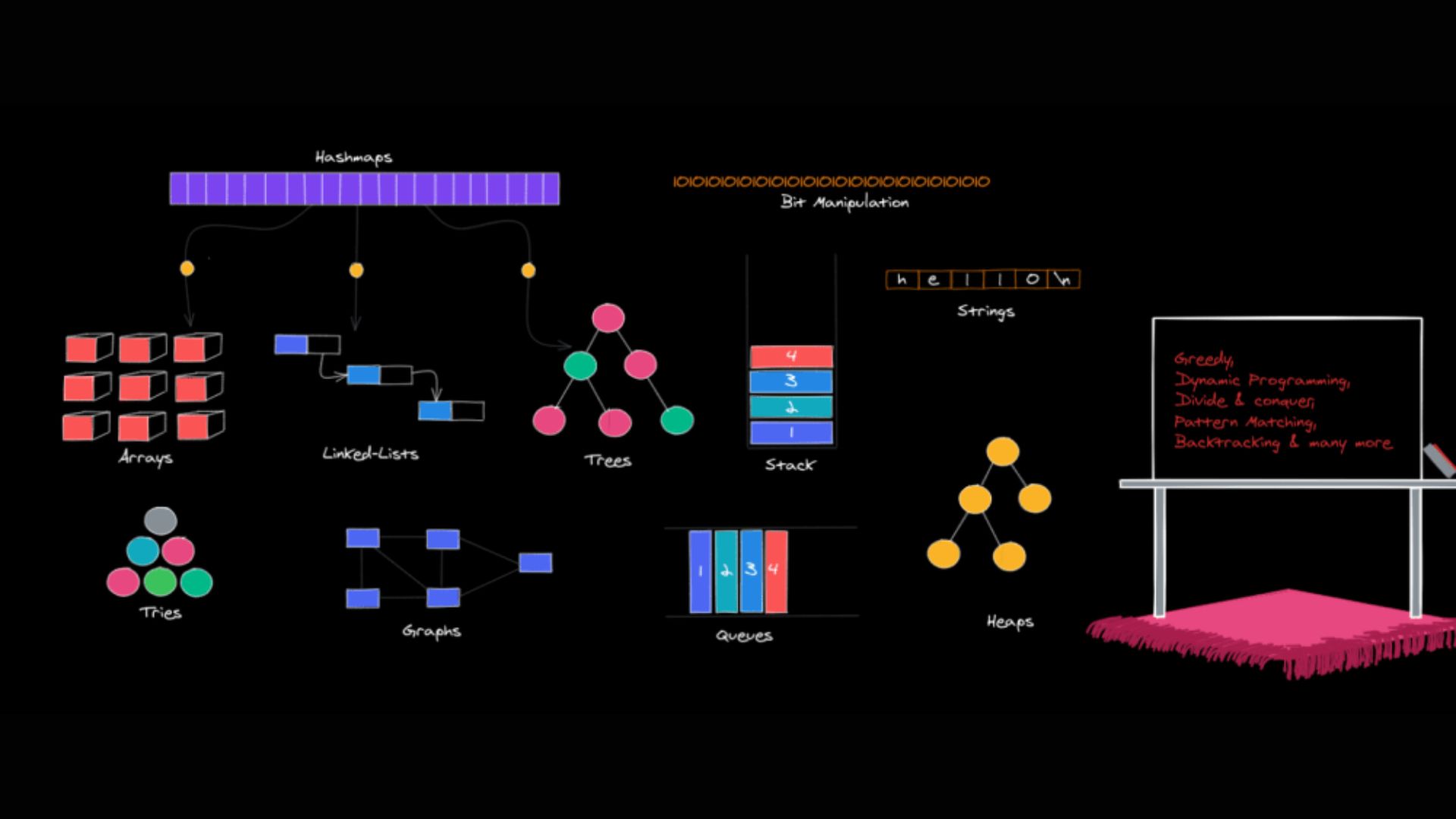How To Sort And Search Arrays In Java: A Tutorial On Data Structures And Algorithms

Java, a versatile and widely-used programming language, provides robust tools for sorting and searching arrays efficiently. In this tutorial, we'll delve into essential data structures and algorithms to empower you with the skills to manipulate arrays seamlessly.

Sorting Arrays in Java
Sorting arrays is a fundamental operation in programming, and Java offers several methods to achieve this. The Arrays class provides a sort() method that uses a modified version of the merge sort algorithm, ensuring stable and efficient sorting. Here's a simple example:
int[] arrayToSort = {4, 2, 7, 1, 9};
Arrays.sort(arrayToSort);
System.out.println(Arrays.toString(arrayToSort));
Searching Arrays in Java:
Java's binary search algorithm, available in the Arrays class, efficiently locates elements in a sorted array. Before using binary search, it's crucial to ensure that the array is sorted. Here's a concise example:
int[] sortedArray = {1, 2, 4, 7, 9};
int key = 4;
int index = Arrays.binarySearch(sortedArray, key);
if (index >= 0) {
System.out.println("Element found at index " + index);
} else {
System.out.println("Element not found");
}
By employing these tools, you can streamline the manipulation of arrays in Java, fostering the development of efficient and scalable applications. Understanding the underlying data structures and algorithms empowers you to write code that not only works but works optimally.



